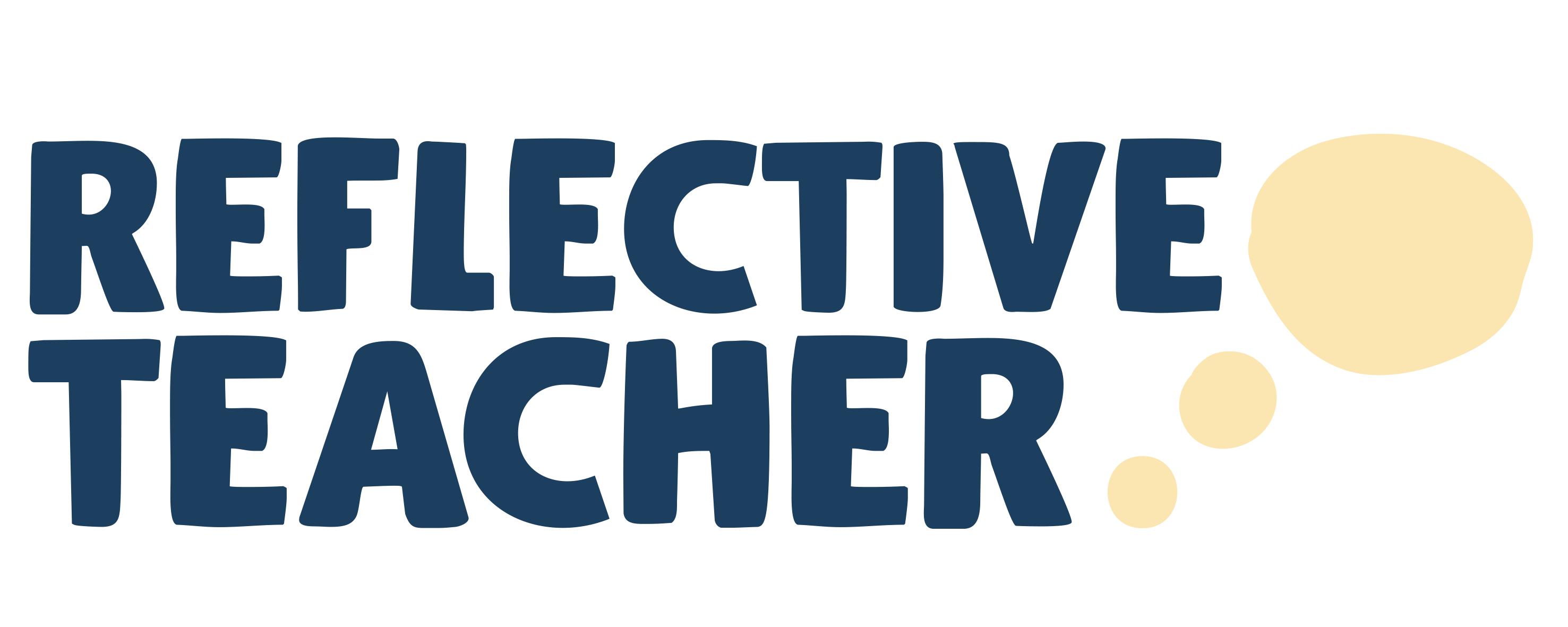Continuous professional development (CPD) is an important part of teaching. It keeps teachers engaged, motivated and up-to-date with new teaching methods.
But what’s the best way to implement CPD? A ‘check-in’ chat over tea and biscuits during break time is a valued experience, but successful CPD requires much more than that. Here we look at the benefits of CPD.
Why do teachers need CPD?
While of course teachers learn naturally on the job, this learning will be limited by their own experience. By growing and evolving through CPD, their quality of teaching will improve and become more effective, resulting in higher learning success for their pupils.
CPD achieves this by:-
- Evolving their skillset.
- Keeping knowledge and skills current.
- Increasing confidence.
- Identifying gaps in their skills and abilities, which can then be worked on.
- Keeping a record of their achievements and progress.
- Highlighting potential career opportunities so they can focus on specific goals.
CPD is particularly important for newly qualified teachers, who need help with the practicalities of running a classroom and putting together a lesson plan, as well as growing their confidence.
Professional development needs to be practice-based
Training courses have a key role to play in CPD, but it’s implementing what’s been learnt that turns that learning into development. The ability to transfer and adapt what’s been taught on a course is what enables teachers to progress from the basics of teaching to a more advanced level. This then helps them use the knowledge and strategies from training courses in ways that benefit their students the most.
Creating a CPD plan
When putting together a plan for which areas to develop, think about what it is you want your pupils to achieve and what’s preventing them from doing so. Which area of expertise or knowledge are you lacking that would enable you to maximise your students’ experience? When you’ve identified this, you can seek out relevant training, mentoring or guidance in this area.
School project
If you’re a school leader, putting together a plan for all the teachers within your school is a huge challenge. Your staff have a variety of experience, knowledge, methods and ideas. Focus on what you want to achieve and explain to your staff why this matters. Accept that if your goal involves an element of change, it’ll take time to implement. This is why professional development needs to be continuous. Sadly it won’t happen overnight, but, as with muscle memory, doing it regularly will help it to eventually become second nature.
Don’t forget to check in regularly (this is where the tea and biscuits come in) to ensure progress is going well, discuss any issues as they arise, and plan the next stage of development.
In it for the long term
With experience comes confidence. You know how to handle situations that would have daunted you once. You’re comfortable with your teaching methods. You don’t have to refer to notes to get through a class. You’re even asked to mentor new teachers.
But that doesn’t mean you wouldn’t benefit from CPD.
While you won’t need as much as student teachers new to the profession, it’s important to keep up-to-date with the industry and know what’s going on. You don’t want to be on par with the parents struggling to get their heads around the GCSE number grading system when ABC etc had worked just fine for them.
Ask to see your school’s CPD initiatives and take ownership of the areas you’d like to work on. Rather than seeing it as unnecessary or a time suck when you’re already stretched, view it as an investment in your career and an opportunity to become an even better teacher than you already are.



Comments are closed